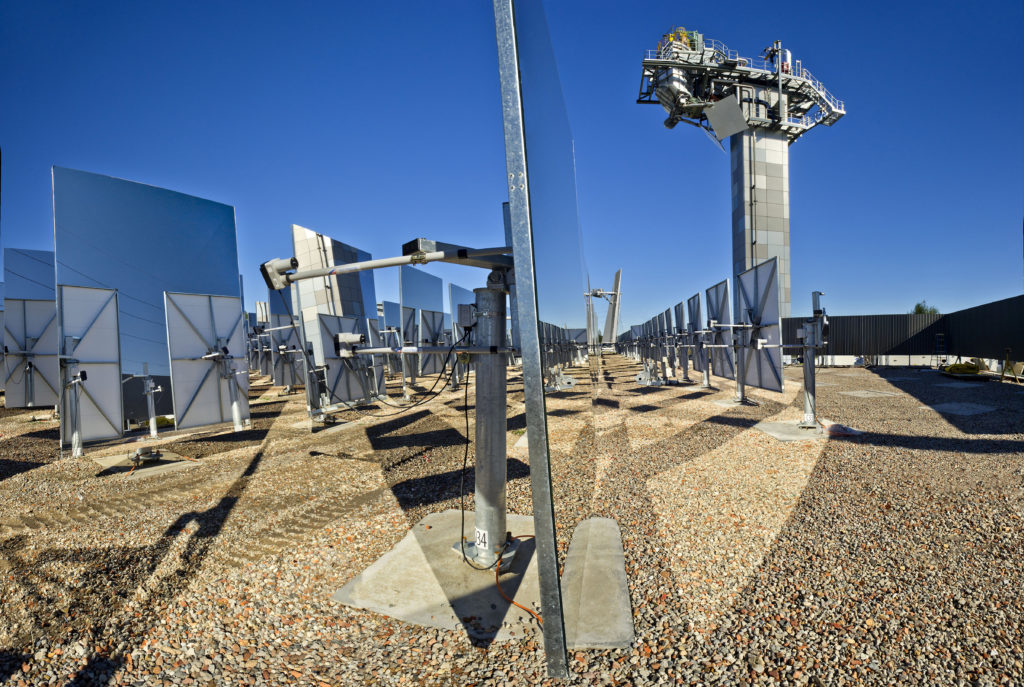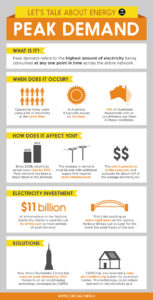Fresh from creating a world record back in June, we’re taking our solar savvy to the bush.
At a time when electricity demand is falling across much of Australia, the opposite has been true for many mining centres in remote areas, where energy usage has been increasing.

CSIRO’s solar thermal research hub in Newcastle, New South Wales.
These regions enjoy some of the bluest skies in the world, making them ideal for the use of solar thermal technology.
The problem is that at the moment the cost is too high.
Solar-thermal tower technology uses many mirrors (heliostats) that track the sun, concentrating its energy by reflecting light towards a receiver fixed on top of a tower. However conventional heliostats are expensive to install in remote areas due to the large number of components that need to be assembled on site, leading to higher electricity costs.
Until now.
CSIRO technology has been used to reduce energy consumption at the Rockefeller Center in New York. (Click to enlarge.)
By changing the way heliostats are manufactured and controlled, our solar scientists are aiming to avoid the high cost of installation and maintenance in remote areas, providing an affordable renewable energy solution for the Aussie outback.
But that’s only part of the story.
We’re also working to improve the other components of the overall parts of the solar thermal system such as receivers, turbines and, perhaps most importantly, storage. Thermal energy can be stored relatively cheaply compared to some other technologies, so there is great potential for large scale power generation regardless of when the sun is shining.
Solar electricity can be transported through the grid from our country’s sunniest areas into cities and suburbs, and by making use of storage this can happen at the times when demand (and prices) are highest. This can have a positive impact on electricity prices by reducing peak demand caused by the use of air-conditioners on hot days.
To find out more about our solar thermal research, check out our website.
This three-year heliostat project is supported through $1 million of funding from the Australian Renewable Energy Agency (ARENA). CSIRO will work in partnership with Diver Consolidated Industries and RioGlass Solar on the project.
Media contact: Eamonn Bermingham, telephone: 08 6436 8627 or email: eamonn.bermingham@csiro.au



2nd October 2014 at 2:59 pm
In my blog on (inter alia) sustainable population, I am proposing a return to living in villages in remote areas. Australia currently has only 3 persons per sq km rising to 5 if our current proposed maximum is realised. We could possibly raise this to 10. However, for this to succeed, we need good infrastructure including power, transport (overhead railways perhaps) and of course the nbn. Is there any readily accessible material with information on how solar thermal plants are actually constructed and the approximate size and weight of components (so that they can be carried on trains)?
4th September 2014 at 1:25 pm
I don’t know whether to rejoice in Australian inventiveness, or fall into despair. From the SBS news site 1 Sep “An agency the government says was merely set up to satisfy the political whims of the Australian Greens is being sent to the upper house to be closed.”